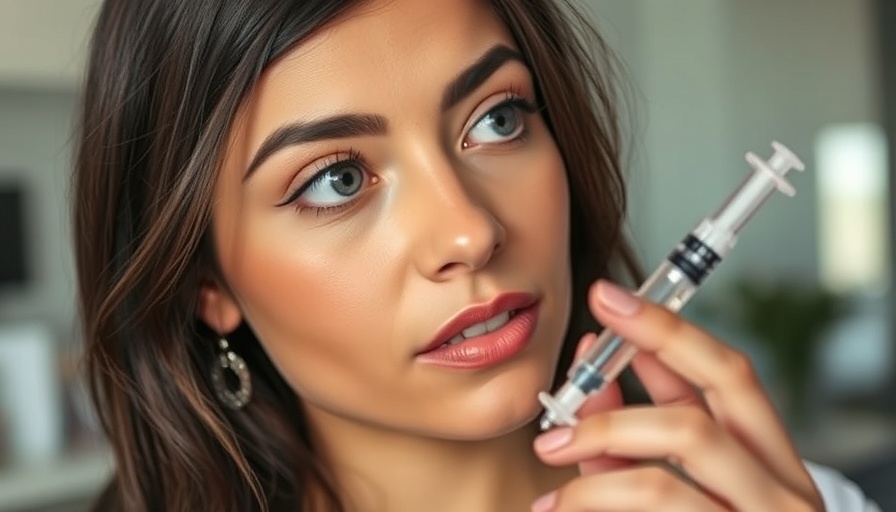
Exploring the Differences: PRP and PRF in Facial Aesthetics
In the world of facial aesthetics, medical spa owners have a wealth of options when it comes to the latest rejuvenation treatments. Among the top contenders are Platelet-Rich Plasma (PRP) and Platelet-Rich Fibrin (PRF), both of which offer promise in enhancing natural beauty and combating the signs of aging. While they share a common goal, understanding their differences is crucial for practitioners aiming to provide tailored treatments.
Understanding PRP in Facial Injectables
Platelet-Rich Plasma (PRP) therapy is a renowned method involving the isolation of platelets from the patient’s blood followed by re-injection into selected facial areas. The procedure is celebrated for stimulating collagen, enhancing skin texture, and facilitating tissue regeneration. As a versatile treatment, PRP's compatibility with other facial injectables like hyaluronic acid makes it a go-to for enhancing aesthetic outcomes without significant risk of allergies or adverse reactions.
PRF: A Step Ahead in Rejuvenation
Platelet-Rich Fibrin (PRF) represents an evolutionary leap in platelet therapy. Utilizing a distinctive centrifugation process, PRF captures a potent matrix that includes white blood cells and fibrin. The result is an enriched regenerative profile offering deeper collagen stimulation and accelerated tissue repair compared to its PRP counterpart. Particularly beneficial for addressing deep wrinkles and scarring, PRF also promotes a quicker recovery with its inflammation-modulating properties.
The Evolution of Platelet Therapy
In recent years, the emergence of PRF alongside PRP marks an important chapter in facial aesthetics. Historically, platelet therapies focused primarily on leveraging growth factors for skin rejuvenation. With the advent of PRF, practitioners now have access to technology that facilitates prolonged growth factor release, enhancing both efficacy and patient satisfaction. This evolution underscores the importance of ongoing innovation in aesthetic medicine.
Integrating PRP and PRF for Competitive Advantage
For medical spa owners, incorporating both PRP and PRF into their offerings can differentiate their practice by offering a spectrum of treatments tailored to varied needs. Conducting thorough patient assessments ensures each individual receives the most appropriate therapy, optimizing both results and patient satisfaction. By being equipped with these advanced tools, practitioners are uniquely poised to lead in the fiercely competitive field of medical aesthetics.
Future Predictions and Trends
As the facial injectable industry continues to evolve, we anticipate a growing demand for hybrid treatments that combine the benefits of both PRP and PRF. As more research emerges, these therapies may be integrated into more holistic aesthetic protocols, addressing not just cosmetic concerns but overall skin health. For medical spa owners, staying informed on these trends allows adaptation and early adoption, ensuring they meet client expectations and industry standards.
 Add Row
Add Row  Add
Add 




 Add Row
Add Row  Add
Add 

Write A Comment